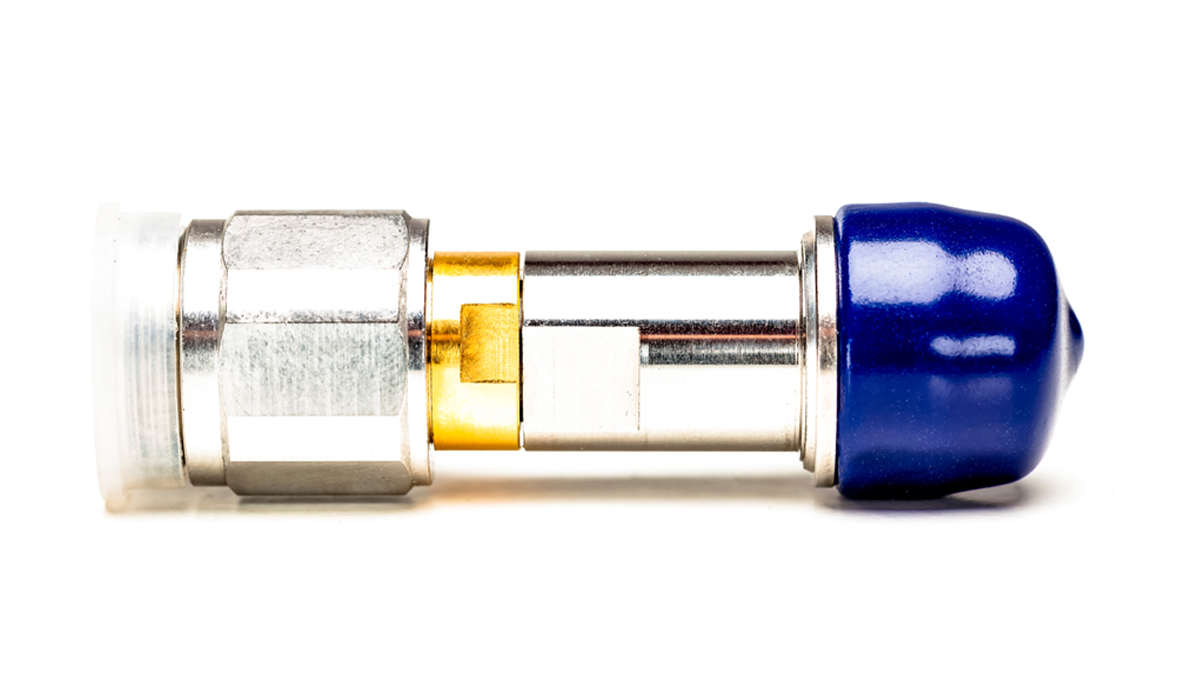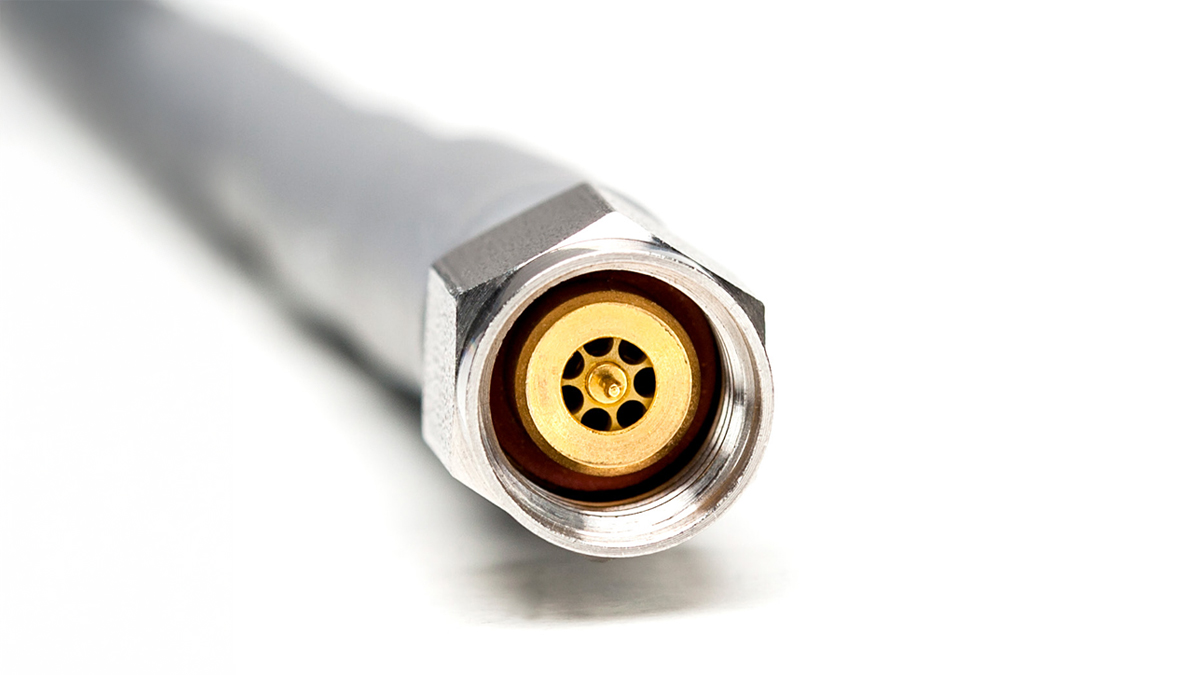
Coaxial Connectors in High-Frequency Applications
In the world of RF engineering, coaxial connectors play a critical role in the precise and stable transmission of high-frequency signals. Their performance, durability, and physical design impact not just the quality of signal transfer but also the flexibility and longevity of the entire RF system.
Unlike other transmission systems, coaxial cables and connectors can carry frequencies from DC up to over 100 GHz, depending on design. When operated in TEM (transverse electromagnetic) mode, they maintain a constant signal propagation velocity across a wide frequency range. This makes them an optimal choice for many high-frequency applications.

However, the design comes with trade-offs. One of the main limitations is signal attenuation due to the dielectric material between the inner and outer conductors. For instance, a WR-90 waveguide might offer only 10.8 dB/100m attenuation at 10 GHz, while a 1/2” Flexwell coaxial cable can experience 40.6 dB/100m. Despite this, coaxial cables offer significant benefits in flexibility and size compared to rigid waveguides.
Modern coaxial connectors come in many types, each with distinct characteristics:
- N-Type connectors, developed in 1942, are known for their ruggedness and are rated up to 11 GHz (18 GHz for precision versions).
- BNC and TNC types are quick-connect versions designed for lower-frequency operations (up to 4 GHz for BNC, 11 GHz for TNC).
- SMA and 3.5mm connectors support up to 26.5 GHz and are valued for their compactness and precision.
- 2.92mm, 2.4mm, and 1.85mm connectors extend the performance into the 40-70 GHz range and beyond, serving in metrology-grade applications.
The evolution of these connectors over time has been deeply tied to advances in test equipment and simulation tools. Early development relied on trial and error, hand-drawn field models, and limited frequency capability. With improved test devices like network analyzers and simulation software, modern RF connectors have become highly optimized for bandwidth, impedance consistency, and low reflection.
Connector precision isn’t just a design goal — it’s essential for reliable signal integrity at GHz frequencies.
– Stefan Burger, RF Expert
Connector Quality Tiers
- Production Quality: Standard-grade connectors suitable for general-purpose use.
- Instrument Quality: Precision machined connectors with stainless steel bodies, ideal for repeated use and lab environments.
- Metrology Quality: Highest precision, used in national measurement labs and critical calibration tasks.
Best Practices in Connector Handling
- Always use correct torque wrenches for connector assembly.
- Store connectors with protective caps to avoid damage to reference planes.
- Clean contacts regularly using isopropanol and lint-free wipes.
- Inspect for center conductor alignment, mechanical integrity, and wear.
Choosing the right coaxial connector isn’t just about frequency range or size—it’s about ensuring long-term measurement reliability and signal integrity. Whether you’re integrating RF components into an advanced instrumentation system or building out high-performance test labs, understanding connector behavior is vital to success.


